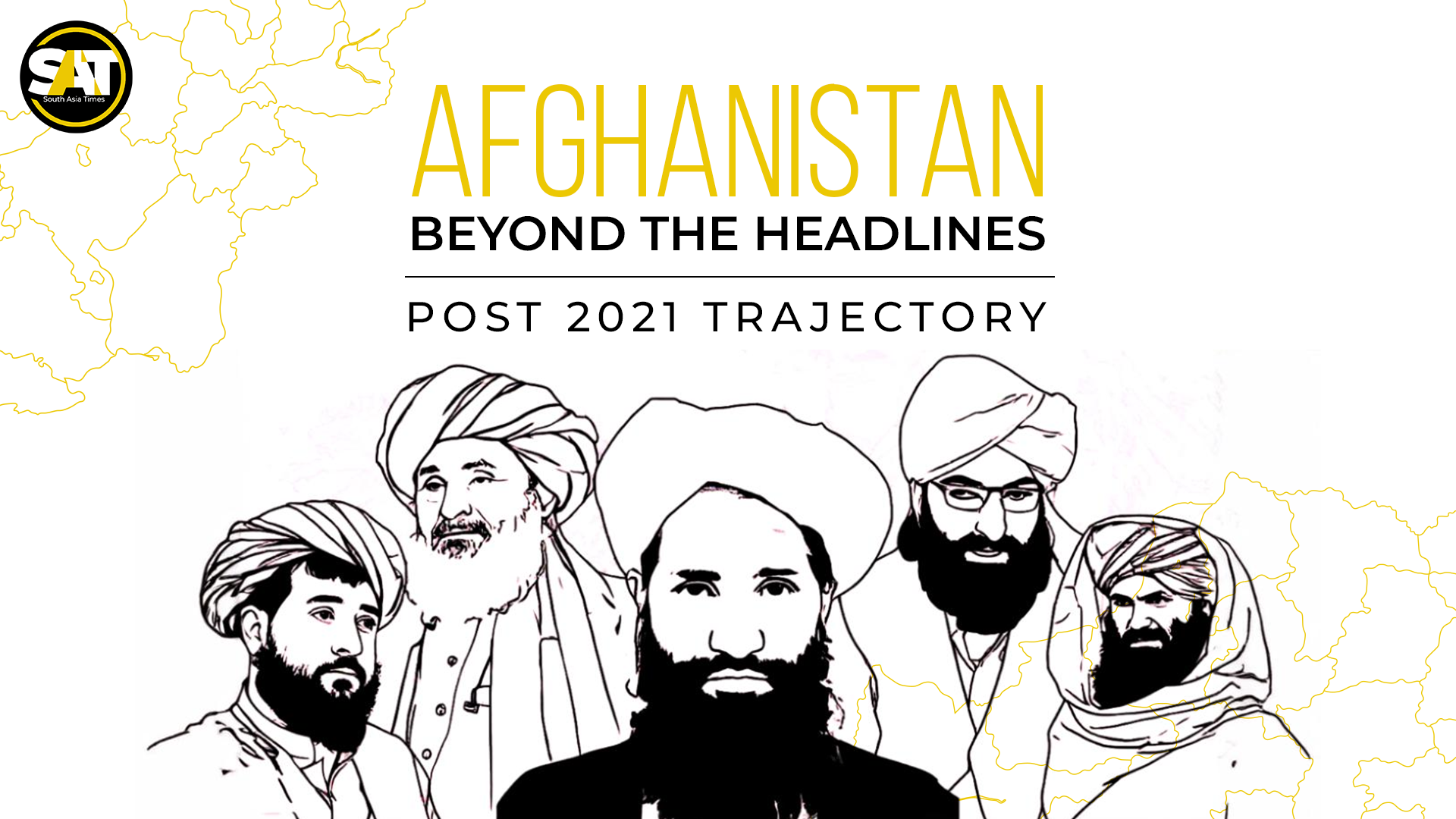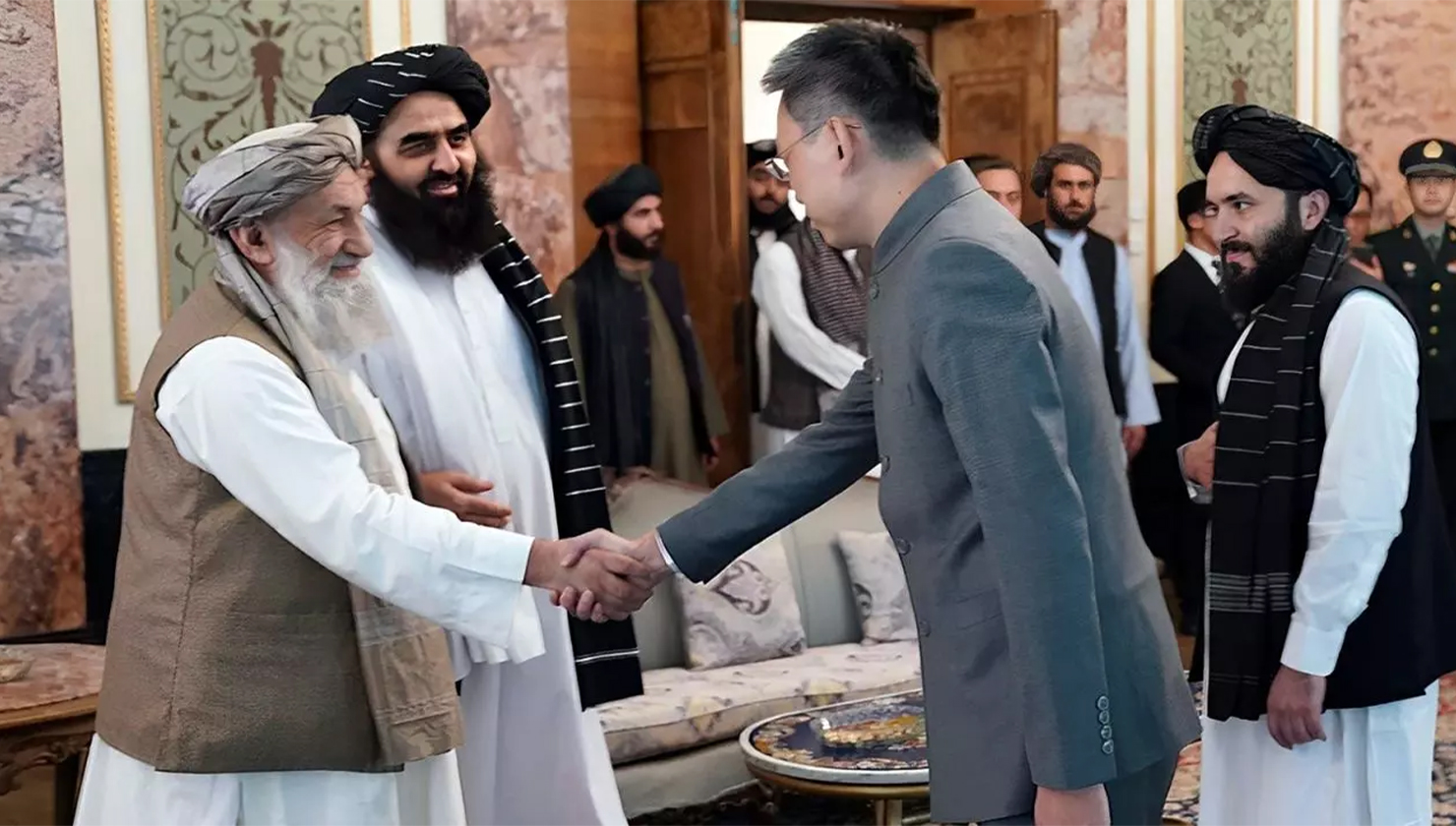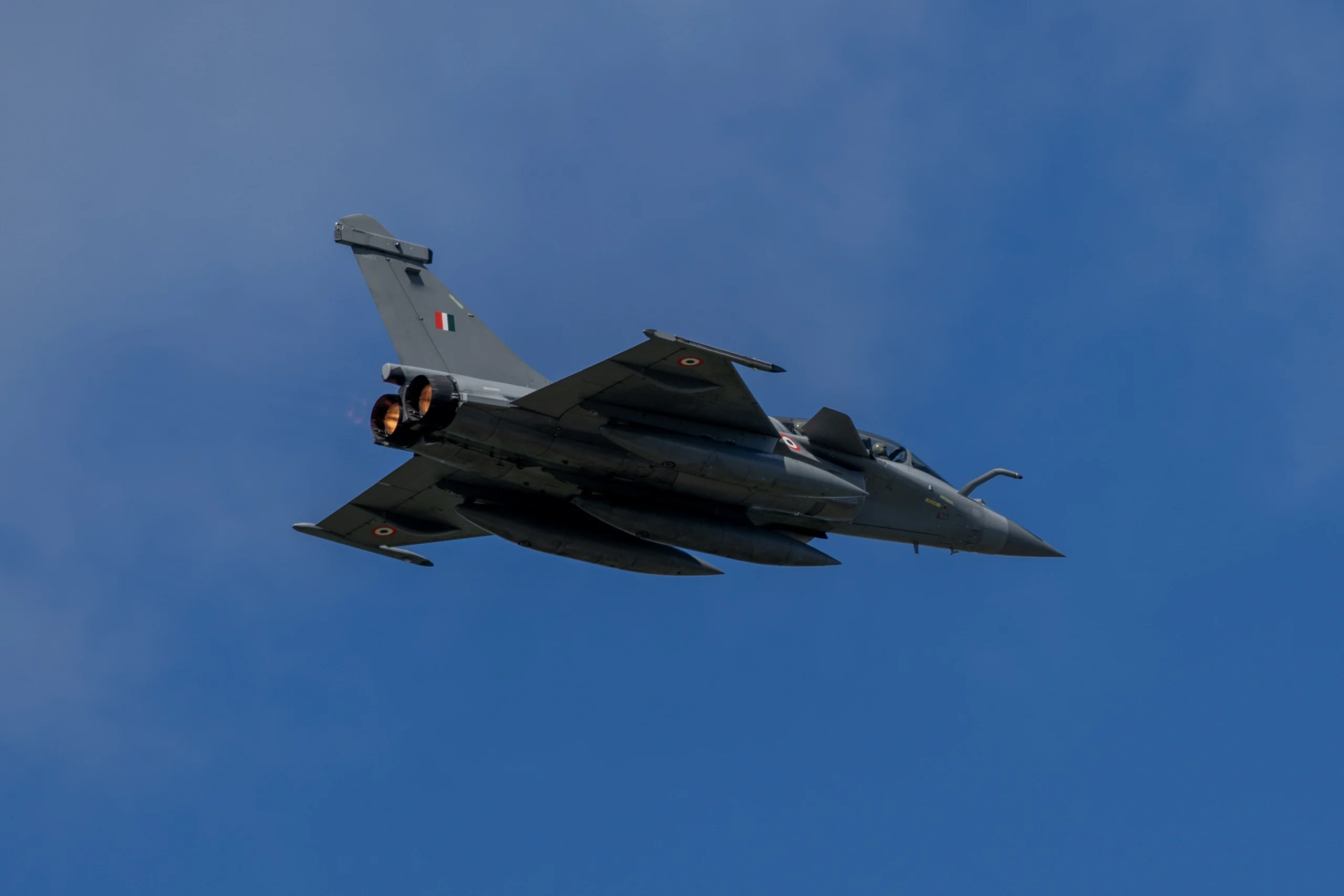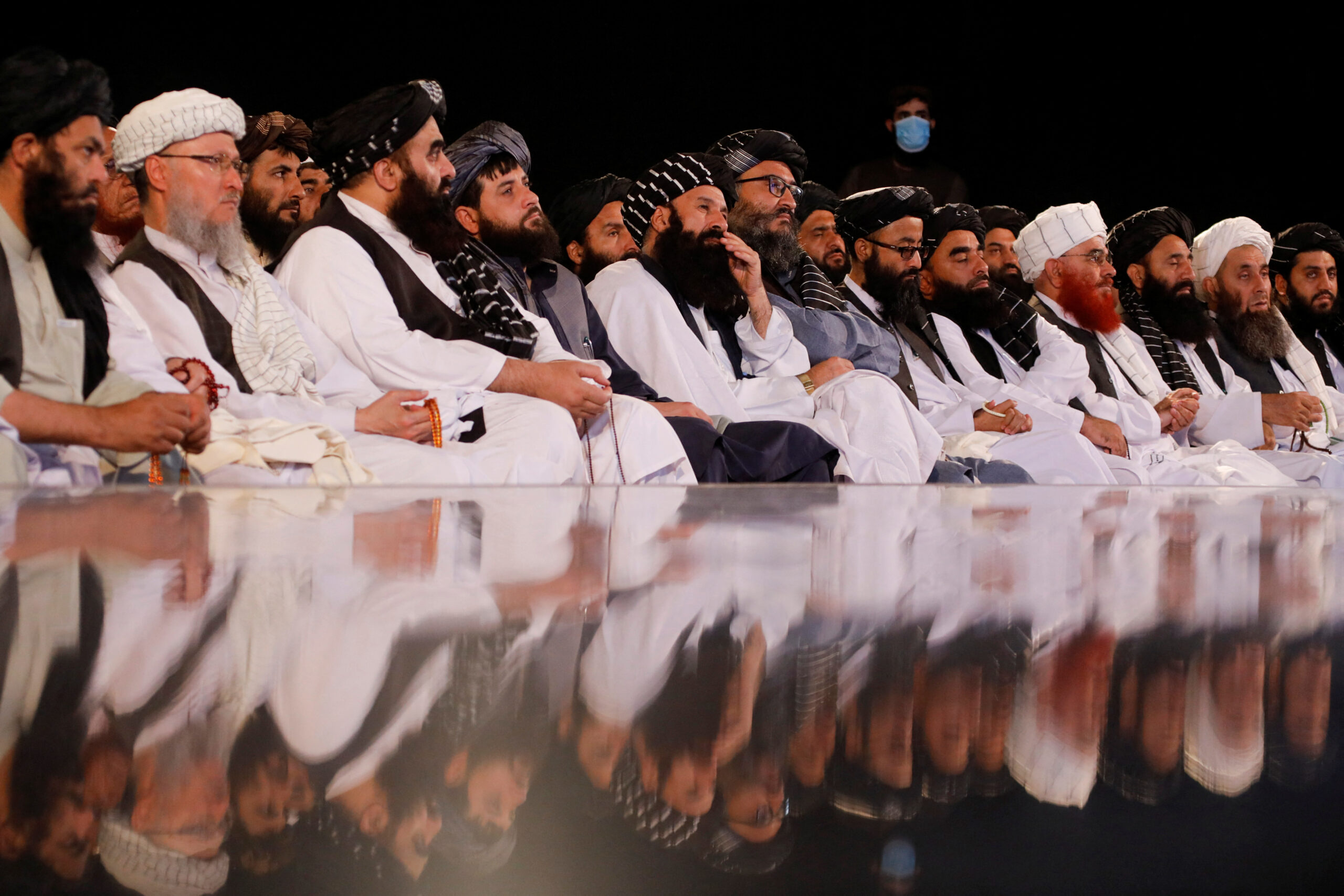Sri Lanka has indeed lost games before at Galle, but the manner in which the Australians dominated the proceedings from the very first ball of the series suggests that this will go down as one of Sri Lanka’s worst performances ever at home.
While Australian batsmen have had a proper training camp in Dubai ahead of the massive test of spin at Galle, it seemed that the Sri Lankan batters had very little preparation against spin as even Travis Head and Beau Webster ended up taking wickets.
Having lost the first Test, Sri Lanka made some really interesting calls ahead of second Test. Nishan Peiris ended up with figures of 189 for no wickets in first Test – many expected him to be dropped from the Playing XI after that performance, but instead Sri Lanka dropped the leg-spinner Jeffrey Vandersay who was the only silver lining in what was an embarrassing defeat in first Test.
They however, brought Ramesh Mendis – another off-spinner back into the team for reasons nobody really understands. At this point somehow, Sri Lanka had two specialist right arm off-spinners and one left arm spinner, yet they’d open the bowling with the part-time off-spin of captain Dhananjaya de Silva which could only exist in virtual gaming or in a team led by Silva himself.
With almost all the other teams in the world prioritising the bowlers who could bat, Sri Lanka are still stuck on the cricket played by Sanath Jayasuriya a couple of decades ago, with such a long tail.
In the Australian Playing XI, only Mathew Kuhnemann had a low batting average. When it comes to Sri Lankan batting, they are literally all out after losing their sixth wicket.
Even the top order batting was way below average with most of the batters failing to make a significant contributions.
Also See: What’s Behind the Crackdown by Sri Lanka on Israeli Tourists
Australia probably noticed this after winning first Test that they decided to just play three front line bowlers in Mitchell Starc, Mathew Kuhnemann and Nathan Lyon.
They found Sri Lanka too easy that they decided to play with ten men in the second Test bringing in Cooper Connolly who is not a Test batsman or bowler at this stage of his career. Prabath Jayasuriya has had an excellent start to his career at home – he has probably done nothing overseas.
He makes almost no contributions with the bat. There are so many left arm spinners in Sri Lanka who could get wickets against weaker oppositions at Galle – but if they make zero contributions with the bat, the team wouldn’t necessarily be successful.
Sri Lanka cricket will remain at the same level they are today, should they not introduce different approaches against different opponents, and encourage bowlers who could score some runs down the order.
This news is sourced from Daily Mirror and is intended for informational purposes only.

![Australia dominates Sri Lanka in Galle, exposing poor preparation, weak batting, and outdated team strategies. [Image via Daily Mirror]](https://southasiatimes.org/wp-content/uploads/2025/02/image_61f43f6945.webp)




